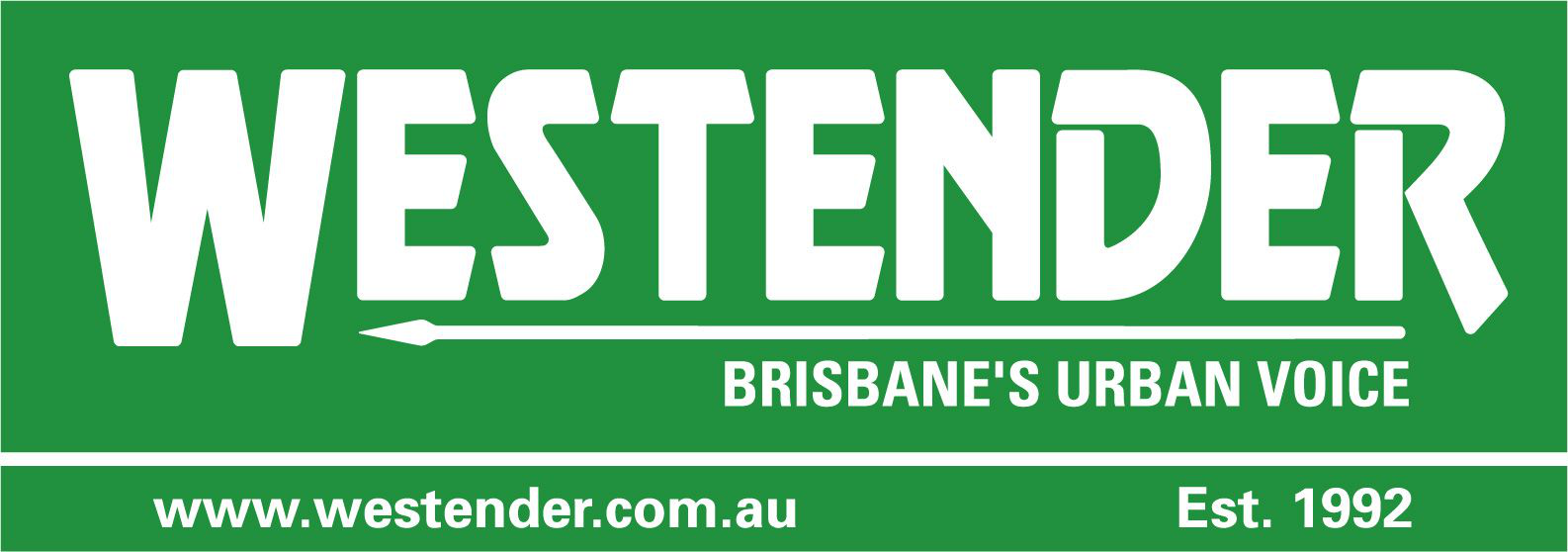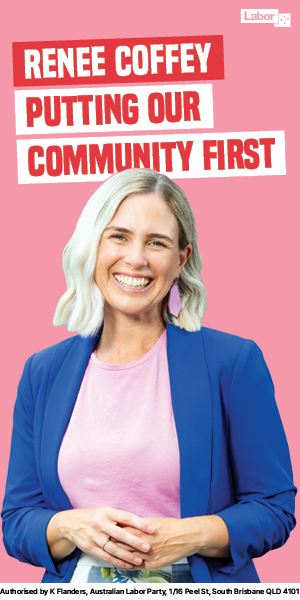In June, Brisbane City Council released its Walkable Brisbane strategy. While Queensland Walks considers there is some way to go before Brisbane can claim to be Australia’s most walkable city, the strategy is a move in the right direction.
I’m taking a break from Brisbane. Sometimes, this is a great chance to see other cities in action and compare how Brisbane is tracking when it comes to the walk-friendliness of our city and suburbs.
When you see the same footpath and stroll to the bus, shops, or school along the same street every day, you can become complacent about what your local and state governments provide. Sometimes, we can become increasingly frustrated by the lack of equity in transport decisions and budget setting. I know this is especially true for people with a disability who rely on a formed footpath and tactile pavement markers. The absence of an accessible kerb ramp or a blocked path can mean the difference in participation in daily activities or not, running late, traversing an entire block, or increasing the danger of tripping, slipping, falling, or getting stuck due to inadequate conditions for walking or rolling. It can be exhausting to navigate this city and suburbs without a car.
Walkability
My awareness of ‘walkability’ or ‘walk-friendliness’ became more finely tuned when I had my son in a pram. I soon noticed every unformed footpath; I saw the cracks, the bumps, the trip hazards, the lack of shade and all the places I couldn’t get my pram on or off a formed footpath. I noticed every playground that didn’t have a footpath connecting to it or a seat or a tree to offer shade and protection from the sun. It soon dawned on me how impossible it must be to navigate a wheelchair and how parents, especially women, children, older people, and people with a disability, are continually being let down or left behind by basic and cheap infrastructure that’s easy and quick to build.
Footpaths are not costly like freeways! Walking is not a new transport technology, so why is this infrastructure so neglected in Brisbane?
Unwalkable Brisbane
Ten years after pushing prams and still walking in my inner northern suburb, a sense of frustration is prevalent on my everyday walks. The paths have barely improved; in many cases they are in far worse condition. Although you can see where I or another resident have ‘Snap Send Solved’, a crack or trip hazard. This frustration is visceral when I walk in countless locations in Brisbane, connecting with residents and advocates and attending walking meetings. Residents are frustrated. ‘Walkability’ in Brisbane has become a running gag and discussion on Reddit threads, and a Twitter (X) shared account called ‘Unwalkable Brisbane’ is, regretfully frequently tagged, and photos shared.
Unwalkable Brisbane? They’re not stretching the truth. In my post-war inner north suburb of Brisbane, just 17% streets have a complete footpath on both sides of the road, and 45% don’t have a footpath on either side. Some streets have half-built footpaths, and most don’t even have a kerb ramp, relying on driveways unsuitable for prams, let alone a wheelchair.

Walkable Brisbane Strategy
Walk-friendliness isn’t just about footpaths; it’s more complex. Whilst a formed path is an important start for basic accessibility needs, walk-friendliness is about comfort and quality, safety, and connectivity, and the urban and built form, including public transport, community provisions, and housing. So why has Brisbane been left behind in walkability? A strategy for change has been absent.
Many of these ‘walk-friendly’ concepts have been neatly captured in the newly released Walkable Brisbane Strategy by Brisbane City Council. I am excited about the release of this document. Queensland Walks has gently and persistently advocated for the Brisbane City Council to commit to this anticipated Walkable Brisbane Strategy.
The sceptics will roll their eyes. Sure, strategies can mean nothing. They can sit on a shelf collecting dust. They can be ignored. They can date. But walk-friendliness was mostly overlooked, undervalued, and underappreciated as a transport mode before the strategy; thus, I theorise that by writing and releasing a strategy, Brisbane City Council is finally committing improving conditions for walking.
This is a start. I know that the Chair of Transport, Cr Ryan Murphy, aspires for Brisbane to become the most walkable city in Australia. And I hope this is a genuine commitment for congestion-busting, healthy and active kids and tackling transport disparity and inequity. Achieving this aspiration for a walkable Brisbane will take grit and commitment across multiple portfolios and departments, and considering the state of walkability in Brisbane, it will take bold funding commitments.
Will hosting the Paralympic Games be a proud moment for Brisbane?
Queensland Walks has not been shy in stating that to deliver the Walkable Brisbane Strategy, Council will need to resource the strategy (we estimate up to $20 million), and we will need a Pedestrian Priority Program ($200 million annually) to build the 6,000 streets without them, design safer streets for kids to walk to school, and develop connectivity to The Metro, Cross River Rail and 2032 Games venues. How are we faring on the walkability front in the lead-up to the 2032 Games? Not fabulous, but there is hope.
Brisbane City has some of the best recreational walking facilities in the country; now, we need to build Australia’s best walking-friendly streets. Is the Walkable Brisbane Strategy good? Possibly, but show us the (walking) money.
Recommendations
Queensland Walks recommends:
- Interdepartmental commitment to the strategy across Transport, Community, Accessibility, Environment and Standards departments in Brisbane City Council
- A review of City Projects and all road-based projects that currently make the conditions for walking less direct, efficient, or safe.
- Better training for staff via the Walking Infrastructure Masterclass, Safe Systems Solutions training and accessibility training via QDN Engage
- A review of how Brisbane manages temporary and permanent closures of footpaths and blockages caused by parked cars, bins, traffic management signs and A-frames.
- $20 million on Walkable Brisbane Strategy, and $200 million annually on a Pedestrian Priority Program with a focus on 2032 sporting precincts and green grids, public transport hubs, schools and community, health, and activity centres
- A Raised Priority Crossing program
- A continuous shared priority path program
- Safe streets with reduced speeds
- Individual or local specific placemaking projects with community input into paths, seating, shelters, and shading.
See more HERE.
How to provide feedback.
Remember to write a submission to BCC by Sunday, 24 September or respond to their survey here. https://www.brisbane.qld.gov.au/traffic-and-transport/transport-plan-for-brisbane/creating-a-walkable-brisbane/walkable-brisbane-strategy
Cover image, Jan Bowman, other images, Queensland Walks.
RELATED STORY


